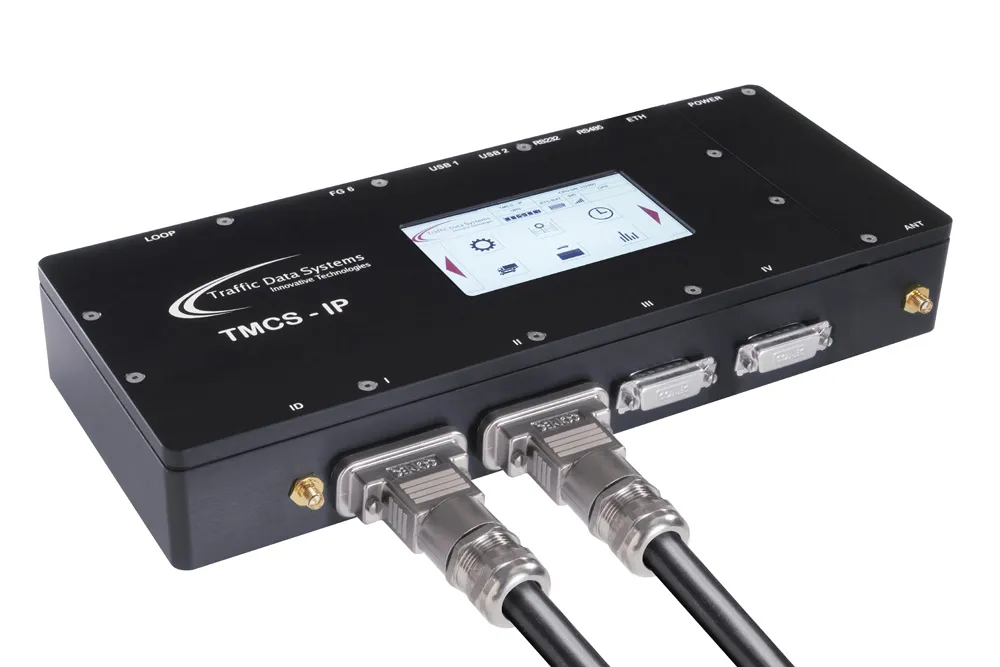International Road Dynamics (IRD) has announced the award of a quantity purchase agreement (QPA) valued at approximately US$3.8 million by the Indiana Department of Transportation (INDOT).
Under this agreement, IRD will be issued task orders to provide all necessary electronic equipment, software, and services required to build, reconstruct, test, calibrate and maintain the weigh-in-motion (WIM) and virtual weigh-in-motion systems (VWS) equipped with IRD manufactured hardware and software. The systems s
June 25, 2015
Read time: 2 mins
Under this agreement, IRD will be issued task orders to provide all necessary electronic equipment, software, and services required to build, reconstruct, test, calibrate and maintain the weigh-in-motion (WIM) and virtual weigh-in-motion systems (VWS) equipped with IRD manufactured hardware and software. The systems supplied under this contract will provide high accuracy traffic and weight data to the state for planning, roadway design, and weight compliance purposes.
Each site will consist of a WIM sensor array specified by INDOT as appropriate for the type of traffic data to be collected at that location. The VWS also provide image capture and supports remote web access capability. Image capture and web access features provide a more powerful real-time tool that can be utilised for commercial vehicle weight screening. Under this contract there is also opportunity for IRD to work closely with the State to provide system enhancements and upgrades through the life of this contract.
The contract is a task-order based agreement and there is no limit to the number of QPAs to be released. The contract is a long-term commitment that runs from 1 July 2015 to 30 April 2019. With the addition of this award, IRD now has four active QPA's with the State of Indiana.
Terry Bergan, IRD president and CEO, commented, "IRD is proud to be selected for this project by the INDOT. We will be working closely with the State as a partner to ensure the success of their WIM traffic data and VMS program. Our technologies and service capabilities reinforce the value that we bring to the maintenance and operation of their transportation network. We look forward to providing many more years of mutual success."










